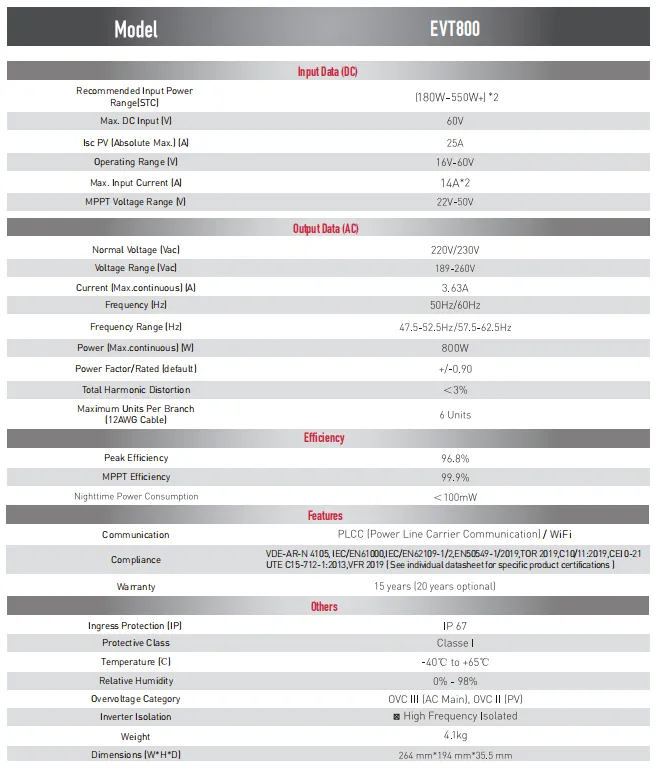Trends and Factors Influencing Solar Panel Pricing in Today's Market
Understanding Solar Panel Prices Factors and Trends
As the world increasingly turns its attention to renewable energy sources, solar energy has emerged as a leading contender in mitigating climate change and reducing electricity costs for consumers. However, one of the most critical considerations for potential solar energy adopters is the cost of solar panels. The price of solar panels can vary widely based on several factors, and understanding these can help consumers make informed decisions.
The Basics of Solar Panel Costs
The price of solar panels typically includes the cost of the panels themselves, installation, and any additional equipment such as inverters and mounting hardware. As of October 2023, prices for solar panels have seen a decline due to advancements in manufacturing processes and increased competition within the industry. The average cost for residential solar systems in the United States ranges from $15,000 to $25,000, before any tax credits or incentives.
Factors Influencing Solar Panel Prices
1. Type of Solar Panels There are primarily three types of solar panels available in the market monocrystalline, polycrystalline, and thin-film. Monocrystalline panels are generally the most efficient and thus tend to be more expensive. Polycrystalline panels offer a balance between cost and efficiency, making them popular for residential use. Thin-film panels are the least expensive but also generally the least efficient, requiring more space to produce the same amount of energy.
2. Installation Costs Installation plays a significant role in the overall price of solar panels. The cost varies based on the complexity of the installation, the type of roofing, geographic location, and local labor costs. Urban areas may experience higher installation costs due to stringent regulations and higher labor costs. Additionally, companies that offer comprehensive services, including installation, may charge more but provide added value in terms of warranty and support.
3. Incentives and Tax Credits Government incentives significantly impact the final cost to consumers. In the United States, the federal solar tax credit allows homeowners to deduct up to 30% of the installation costs from their federal taxes. Many states and local governments also offer additional rebates and incentives. These programs can greatly reduce the upfront cost and improve the return on investment for solar panel systems.
solar panel price

4. Market Demand and Supply Chain Factors Like any other commodity, solar panel prices are affected by market demand and supply chain dynamics. A surge in demand, such as that spurred by regulatory changes or heightened awareness of climate issues, can push prices higher. Conversely, advancements in technology and mass production can lead to price reductions. Global supply chain issues, such as those caused by geopolitical tensions or natural disasters, can also affect availability and pricing.
5. Technological Advancements The solar industry is continuously evolving, with new technologies emerging that enhance efficiency and reduce costs. Innovations such as bifacial panels, which can capture sunlight from both sides, and improved solar tracking systems can increase energy yield and appeal to consumers, albeit often at a higher price point compared to traditional systems.
The Future of Solar Panel Prices
Forecasting the future of solar panel prices involves considering multiple variables, including continued technological advancements, changes in policy, and developments in the global economy. Industry experts predict that prices will continue to decline over the coming years due to advancements in manufacturing processes and the economies of scale achieved through increased adoption of solar technology.
Moreover, as climate change impacts become more pronounced, public demand for clean energy solutions is expected to grow. This rising demand will likely prompt further investments in the solar sector, leading to improvements in efficiency and cost effectiveness.
Conclusion
The cost of solar panels is influenced by a myriad of factors ranging from the type of technology used to installation and market dynamics. While the initial investment can seem daunting, the long-term benefits—reduced energy bills, minimal maintenance costs, and a positive environmental impact—make solar energy an attractive option for many homeowners. As prices are projected to continue their downward trend, solar energy could become an even more accessible and viable solution for combating climate change and achieving energy independence in the years to come. For anyone considering making the switch to solar, staying informed about market trends and technological advancements can help maximize benefits and minimize costs.
-
String Solar Inverter: The High-Efficiency Solution for Smart Solar EnergyNewsJul.14,2025
-
Revolutionizing Rooftop Energy with the Power of the Micro Solar InverterNewsJul.14,2025
-
Power Independence with Smart Off Grid Solar Inverter SolutionsNewsJul.14,2025
-
On Grid Solar Inverter: Powering the Future with Smart Grid IntegrationNewsJul.14,2025
-
Monocrystalline Solar Panels: High-Efficiency Power for the Future of Clean EnergyNewsJul.14,2025
-
Bifacial Solar Panel: A Smarter Investment for Next-Generation Energy SystemsNewsJul.14,2025







